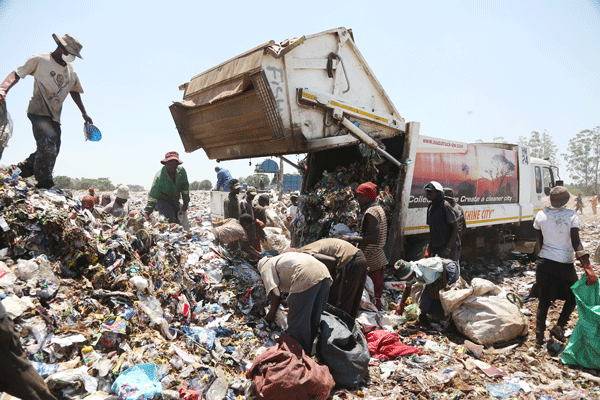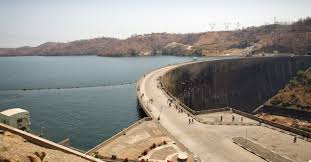Zimbabwe to continue generating power from Kariba
ZIMBABWE will continue generating power from Kariba Hydro-Power Station up to the end of the year, as it has not exhausted its water allocation for continued energy production, a Cabinet Minister has said.
This comes as neighbouring Zambia has announced plans to suspend power generation from its side of the Kariba Dam later this month.
In a statement, the Zambia Electricity Supply Corporation (Zesco) said it will stop generating electricity on September 14 from Zambezi River, which is jointly shared with Zimbabwe in electricity generation.
The Zambezi River Authority (ZRA) manages power generation at the Kariba Dam for both countries.
The giant water body has suffered low water levels due to the El Nino-induced drought in the 2023/24 rainy season, which resulted in insignificant inflows into the lake.
The water authority has recently indicated that power can only be generated from eight percent of the available water.
In an interview yesterday, Energy and Power Development Minister, Edgar Moyo said despite the low water levels, the country has not exhausted the power generation capacity.
“We will still maintain our generating capacity up to the end of the year. However, we will continue to monitor our water levels against our generation capacity,” he said.
“But as it stands, I want to assure the public that we have not exhausted our generation capacity. So, we will be maintaining our production capacity although with a measure of load shedding.”
Minister Moyo said Zimbabwe has limited its power generation to about 215MW from an installed capacity of over 1 000MW.
He said the country’s thermal power stations in Hwange have played a crucial role in balancing the country’s power supplies.
Zimbabwe is optimistic that the La Nina rainy season that has been projected for most southern African countries will contribute to improving water levels within Lake Kariba, in turn contributing to improved generation capacity.
This comes after the Southern Africa Regional Climate Outlook Forum (Sarcof-29) last Wednesday projected a normal to above normal rainfall for most of Southern Africa in the 2024/25 rainy season.
Minister Moyo said the Government also aims to conserve water within the lake following its directive that high-consuming ferrochrome companies start producing their power.
Minister Edgar Moyo
“While we have said this before, I think it is important that we emphasise it. We have instructed the ferrochrome smelting companies that they should start generating their own power as they are on a subsidised tariff. At the moment, they are consuming 20 percent of the country’s power generation,” he said.
“So, we have given them two years to develop their renewable energy sources and their deadline ends at the end of 2025. They have started to develop their renewable power stations and come the end of next year, we will wean them off from the national grid, meaning we will have an additional 20 percent to distribute to other sectors.”
Minister Moyo encouraged other productive sectors with free funds to invest in the renewable energy sector for their own use.
He said the Government has created an enabling policy environment enabling users of renewable sources to bring solar equipment freely into the country.
The country’s Renewable Energy Policy enables individuals and companies to import solar equipment without paying custom duty as part of the measures to encourage embracing renewable energy sources. — chroncile








